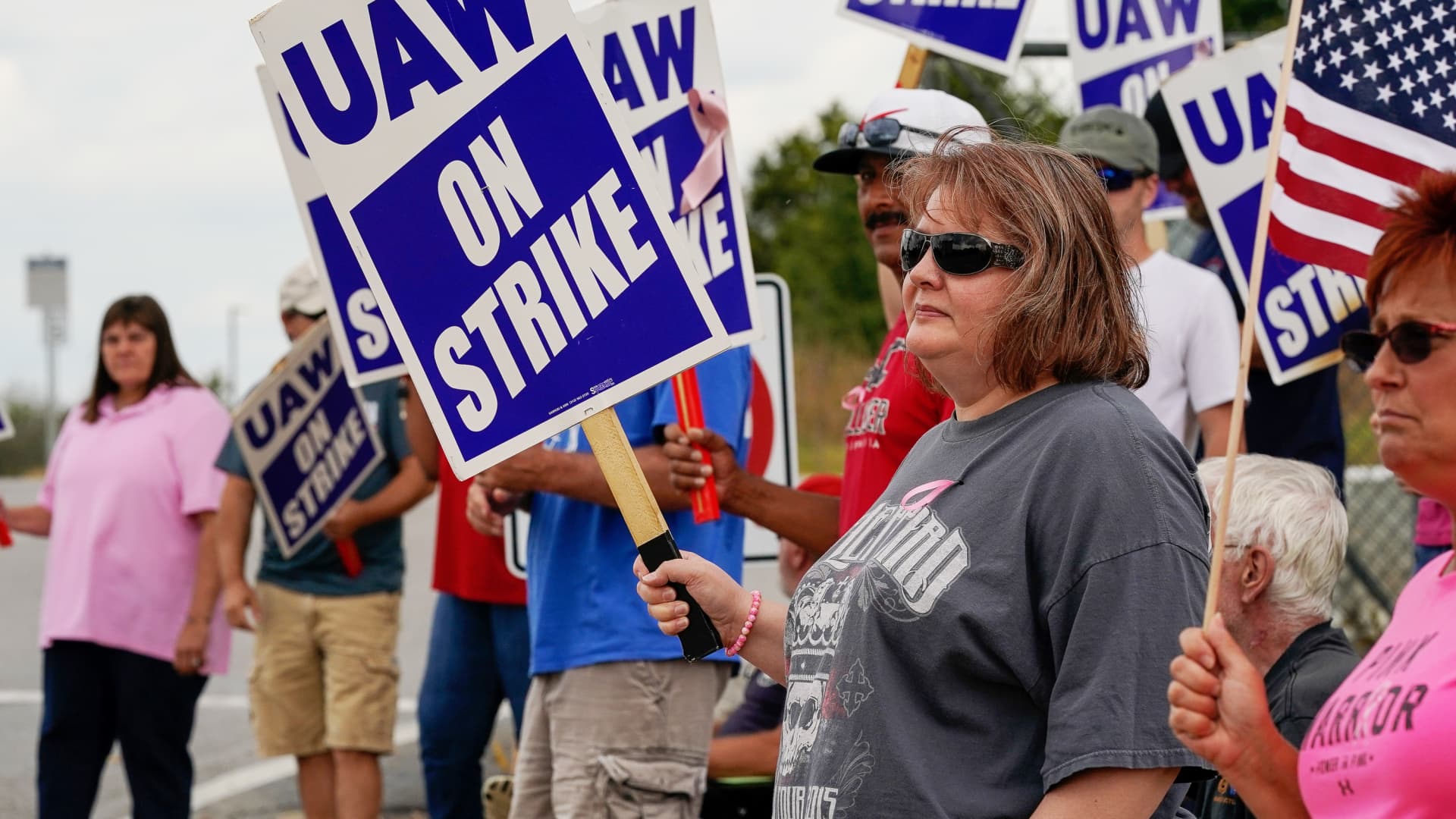To keep up with rapidly growing rents in Washington, the U.S. Department of Housing and Urban Development announced recent increases in what housing-voucher holders can spend across the state with an emphasis on changing rental markets, like in Olympia and Tacoma.
Housing authorities hope it will help them get families into affordable housing faster and will encourage more landlords to work with them. The increase in Fair Market Rents will take effect Oct. 1. It will grow the spending power of people with housing vouchers by an average of 10.7%, according to HUD. For people who have vouchers in certain areas, like in Pierce and Thurston counties, spending power will increase by more than 20%.
“We don’t want folks to be searching and to be unsuccessful in their search [for housing],” said Margaret Salazar, HUD regional administrator for Washington, Oregon, Idaho and Alaska.
Additionally, HUD announced it will spend an additional $2.6 million on vouchers at two Washington housing authorities that cover the city of Bremerton and Kitsap County. HUD currently spends more than $859 million on Housing Choice Vouchers in Washington as of June, according to HUD’s data dashboard.
The Housing Choice Voucher program, otherwise known as Section 8, is the federal government’s main program for helping low-income families, older adults and people with disabilities to afford housing on the private market.
Since August 2020, overall rents have grown by 18.1% in Tacoma, according to Apartment List.
This rapid shift has not only made it harder for voucher holders looking to rent in Pierce County, but for people who are already stably housed in the voucher program, according to Riley Guerrero, planning, policy and community engagement manager for the Pierce County Housing Authority.
If a landlord raises the rent and it’s beyond what HUD allows a housing authority to spend, then it’s up to the voucher holder to shell out the extra cash or pick up and move again, Guerrero explained. And it’s something that could have devastating effects.
If “they have to find a new unit to be able to utilize their voucher again … that is obviously never what we want to happen because there’s so much instability in the market,” Guerrero said.
The new HUD rates increase the maximum people can spend on a two-bedroom rental in Pierce County to $1,987, growing by $344.
Out of the 2,510 voucher holders who are currently leasing a home or apartment in Pierce County, 1,693 of those households are considered “extremely low income,” which means they earn less than 30% of the area median income for their family size, Guerrero said. Additionally, the average family total annual income for voucher holders in Pierce County is $19,288, according to data provided by the housing authority.
“The Housing Choice Voucher program is what’s standing directly between many of our participants and homelessness, and every dollar that we can decrease their rent burden is a huge help,” Guerrero said.
Every year, HUD adjusts the maximum amount that housing voucher holders can spend on private-market rentals. Until last year, many housing authorities claimed that the federal government’s annual adjustments weren’t enough to keep up with rapidly changing markets, including in the Pacific Northwest.
But thanks to a lack of public data during the pandemic, HUD was forced to change how it calculates maximum rental spending by adding private data from places like Zillow and Apartment List. For many Washington housing authorities, that led to more up-to-date data and, as a result, created significant increases in what authorities are allowed to spend per rental unit.
“We have an overall story in Washington state where rents have grown significantly,” Salazar said, “[and] where our housing supply has not kept up with demand.”
That narrative has certainly been the case for small cities like Olympia, according to Craig Chance, executive director of the Housing Authority of Thurston County.
Over the last three years, overall rents have grown by 17.4% in Washington’s capital, according to Apartment List. And without adequate safety nets, these rapid increases can lead to homelessness. Chance is seeing it firsthand.
He received a call one day, he said, from a man who lives off his fixed Social Security check. The man had just been informed his rent was going up between $300 and $400 and he told Chance, “Apparently, I can’t afford to live indoors in Thurston County anymore.”
On a different occasion, Chance said that one of the authority’s housing specialists received a call from a 78-year-old woman whose rent grew so high, it exceeded her entire monthly Social Security check.
The woman was living in her car when she contacted the housing authority. She asked for advice on safe places to park, Chance said.
Since the pandemic, homelessness rates are rising across the country, including in Washington. And demand for HUD’s subsidized housing vouchers far exceeds what local housing authorities are able to provide.
“The greatest challenge [of Housing Choice vouchers] … is simply it’s not an entitlement program,” meaning not everyone who qualifies receives help, Chance said. “So it doesn’t serve the vast majority of the people who are income eligible.”
The Thurston County Housing Authority is preparing to reopen a lottery to allow some households to win a spot on its Housing Choice Voucher waiting list. Chance said he expects between 4,000 and 5,000 households to apply for a spot, but only 1,000 to 1,500 will make the list.
“The need is clearly growing,” he said. “The cost of housing is rising much faster than incomes.”
















